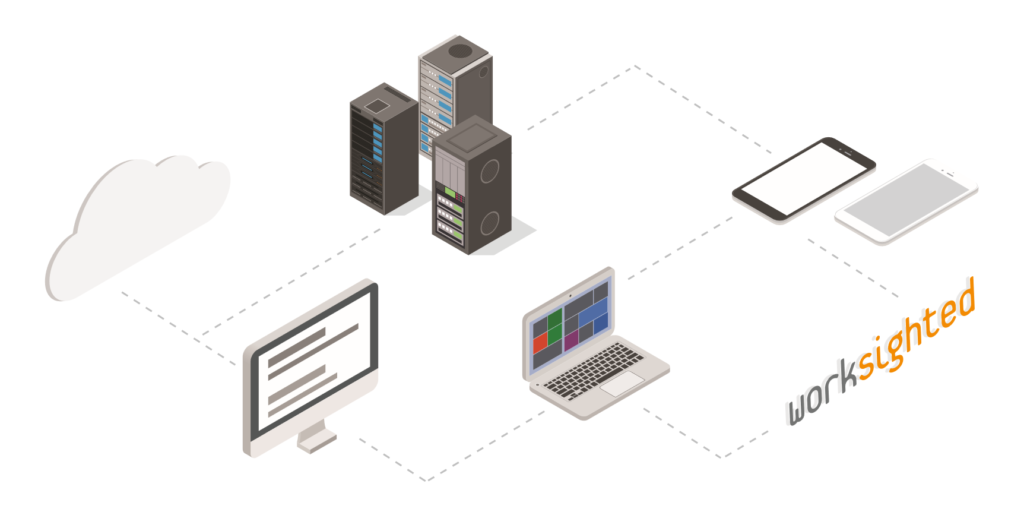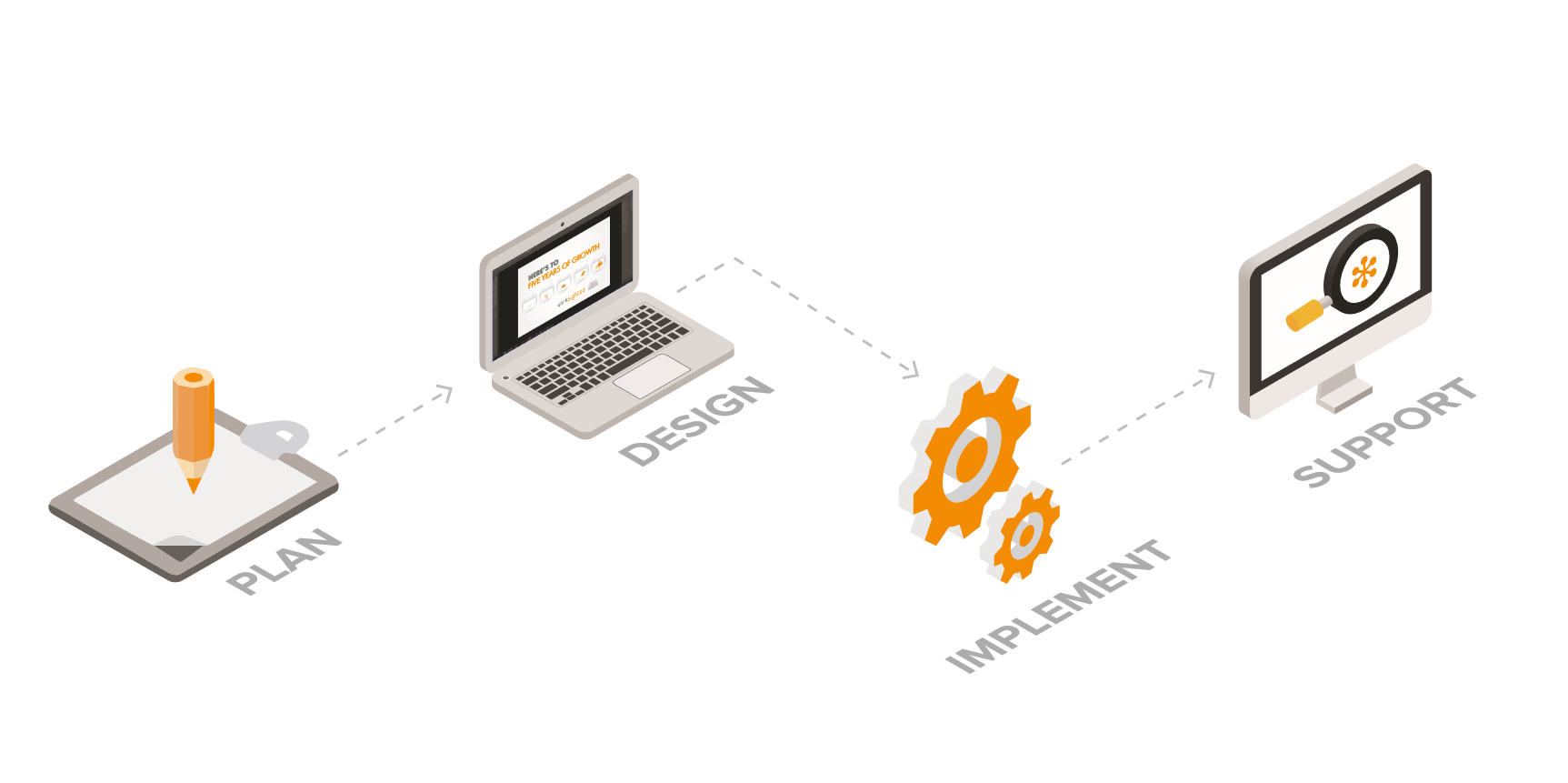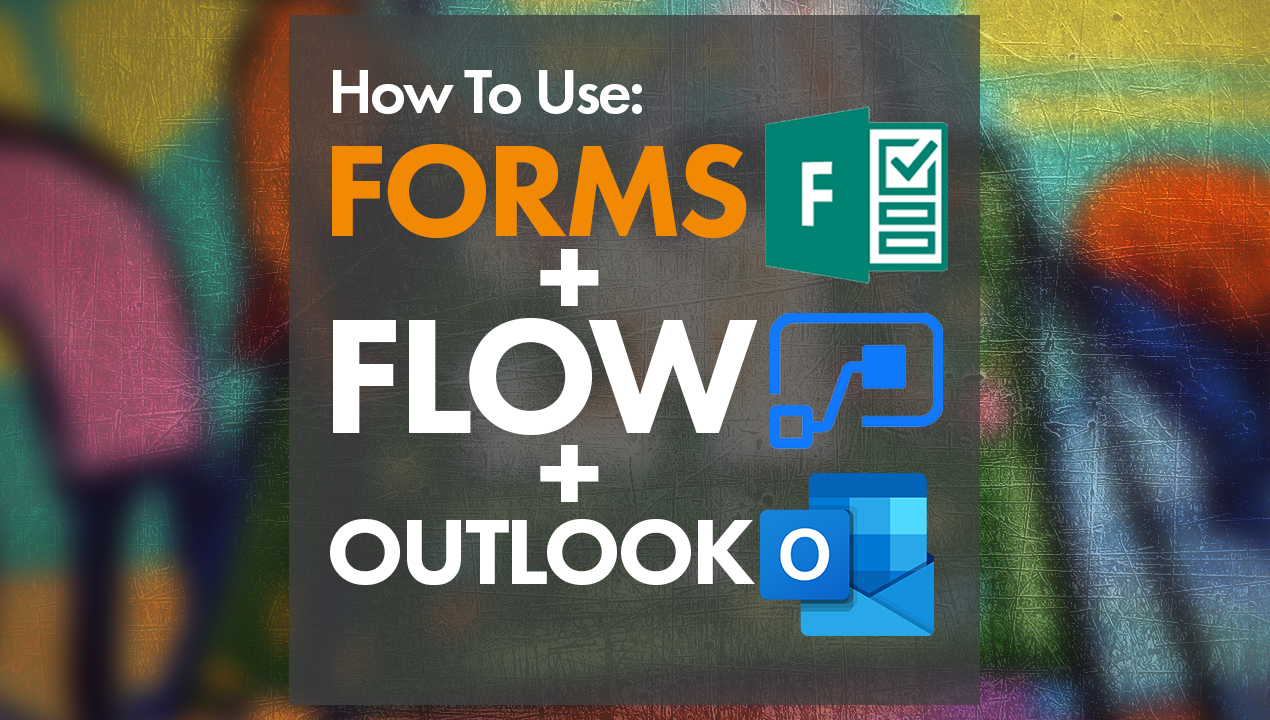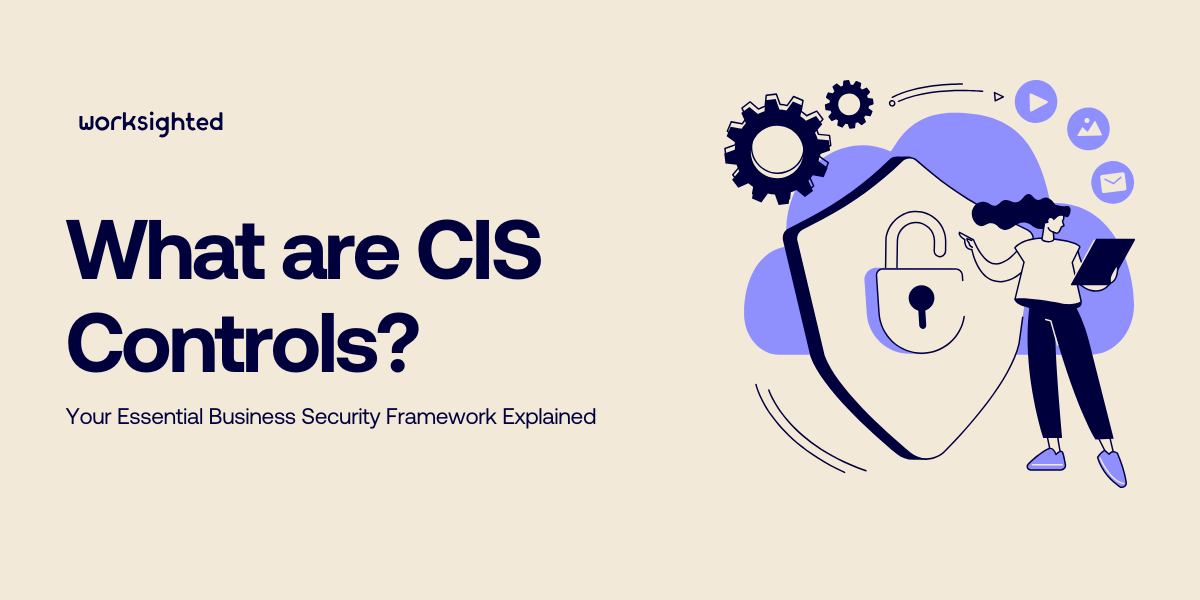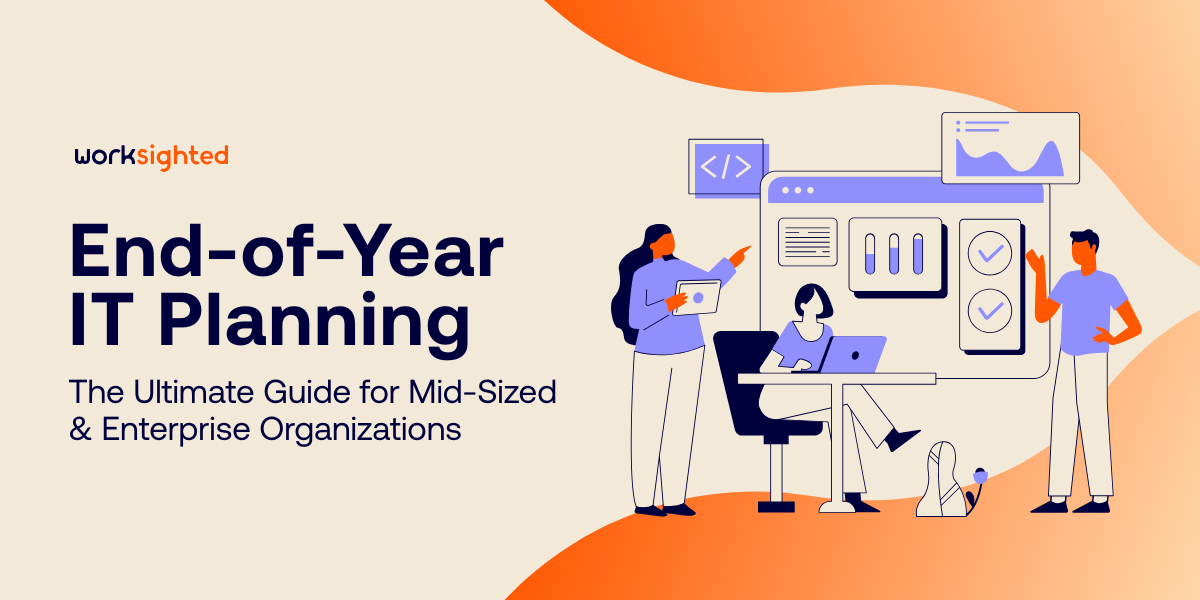How Technology in Long-Term Care Communities is Making a Difference
When most people think of digital transformation, a lot of things come to mind. Enabling productivity, communication, and collaboration for office workers is probably the first that occurs to many. But technology is also revolutionizing a wide range of other areas that are rarely considered – and long-term care is one of them. In this article, we’ll explore how technology in long-term care is changing the work of care professionals and the lives of the people they look after.
Transforming Care in New Ways
The development of new technology in long-term care is connecting residents and care team members in new ways. This has been powered by advances in wireless communication and the “Internet of Things” (IoT), the generation of high volumes of useful data, and increased ability to access and harness it.
Some of the most prominent recent innovations to appear include the following:
- Remote monitoring systems
- Wearable communication devices
- Enhanced documentation tools
Let’s take a look at the difference these technologies are making.
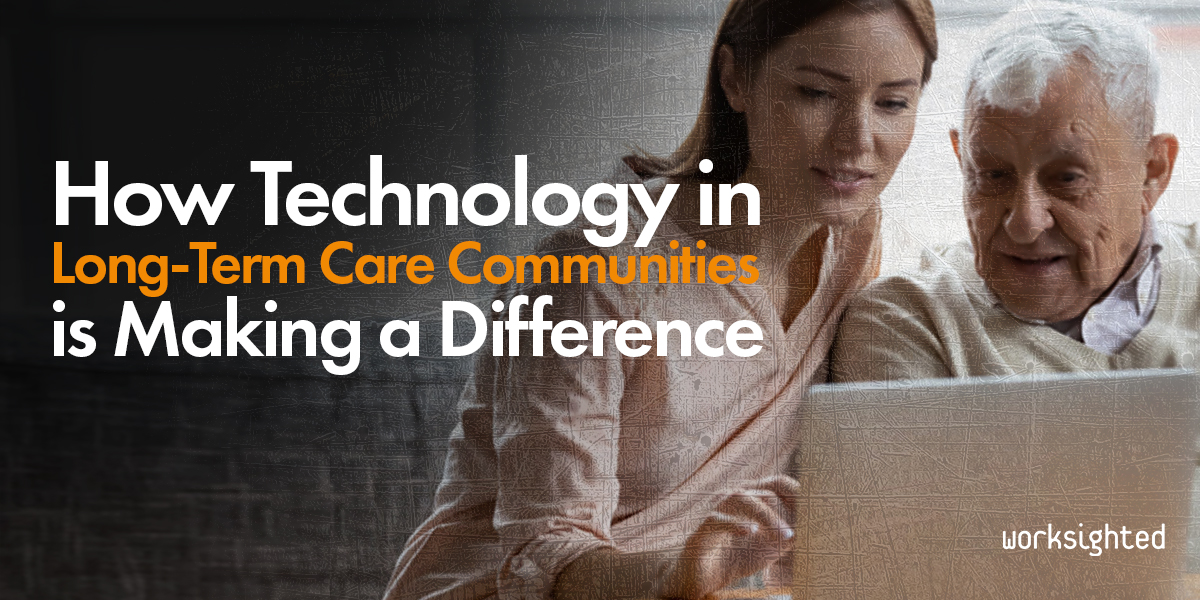
Remote Monitoring Systems
Remote monitoring systems improve caregivers’ visibility over the people in their care. For instance, when a care community resident needs help, they could press a button installed in their home or speak to a “smart speaker device”. These “calls” are sent to an app on caregivers’ smartphones, which will then process it along with location data and other information such as which caregivers are working on that site that day, and which are assigned to which residents of the care community. Then, the nearest and most suitable caregiver available will be prompted with the alert and directed to provide assistance or assess the situation.
A Time-tested Solution Updated for Today
Alarm-button systems have already been used in care communities for some time. However, this new evolution means that caregivers can be alerted wherever they are, and without using “overhead tones” – loud building-wide alert sounds, “paging” announcements, or alarms that may disturb other residents.
What’s more, with this system in place, care teams can stay coordinated easier, because they can immediately see if a call has been responded to already, and by whom. Plus, all the data collected (e.g., call volumes, call initiators, reasons for calls, and response times) can be used to gain insights that can improve care, provide accountability, and more. If you’d like to learn more about this new technology in long-term care, you can read all about it in another article here.
Wearable Communication Devices
People receiving care can also be provided with wearable devices similar to the popular digital fitness bands and smartwatches worn by many today. As well as monitoring care community residents’ activity levels to improve their fitness, these devices can also deliver other useful information to caregivers.
Real-time medical data such as their pulse rate, as well as location data, can be used to alert caregivers if people are at risk, and if they’ve strayed off the premises, into a potentially hazardous area, or are at risk of a fall, for instance. These devices can work as part of a remote monitoring system described previously, and the data generated by wearables can also be harnessed to improve the overall care a provider delivers.
Enhanced Documentation Tools
The quality of care a provider or individual caregiver can deliver depends on the information they have available – and whether all the different departments or staff-members have visibility over all this information. New enhanced documentation tools have been developed with exactly this thought in mind.
They provide a greater on-the-spot ability to capture and process data on care-subjects’ individual needs and issues, perhaps using the same mobile apps or devices that employees would use for remote monitoring. Once this information has been stored, it is then readily available to all relevant caregivers, and can be factored into decision-making.
Making Better Decisions
A care community resident medical history and treatment (including drugs prescribed) as well as factors such as allergies, their level of mobility, and their condition’s prognosis or behavioural trajectory can all be presented to caregivers when needed. This data can even be used to provide automated assistance for decision-making – for instance, alerting caregivers if a particular treatment being considered would not be appropriate.
This recent advance in electronic health record (EHR) technology works best in tandem with the “connected care” innovations we’ve already described here. It’s all part of a wider technology foundation that monitors care-subjects’ wellbeing, collects their data, and connects caregivers to vital information, each other, and the people they care for.
A Bright Future for Technology in Long-Term Care
We hope this article has been interesting and useful. It’s a fascinating topic, and as technology in long-term care evolves and becomes even more sophisticated, we look forward to discovering and sharing some of the valuable new developments that appear. Care providers may also face a range of challenges in deploying these solutions and modernizing their IT – and at Worksighted, we’re keen to help resolve them and support providers in their technology journey.
There’s one last thought we’d like to raise. Impressive-sounding terms like “connected care” and “care 4.0” are now being used to describe these revolutionary uses of new technology in long term care, but ultimately, care provider organizations and caregivers are still doing the same vital job they have always done. These technologies just give them a helping hand to do what they already do so well. More than anything else, that’s something to celebrate.
Want to learn more about how new technology can transform how your organization provides long-term care? Get in touch with the team at Worksighted.

